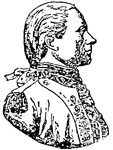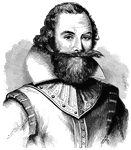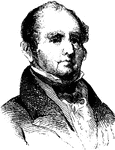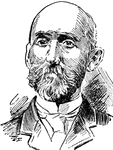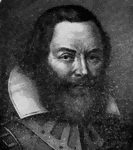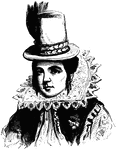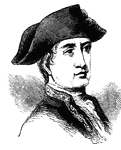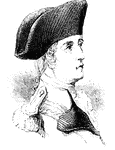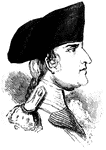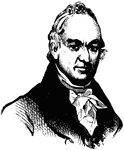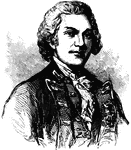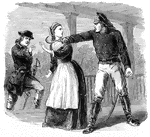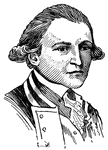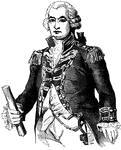
Sir Peter Parker
Admiral of the Fleet Sir Peter Parker, 1st Baronet (1721 – 21 December 1811) was a Royal Navy officer.…
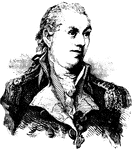
John Barry
(1745-1803) Naval officer that became the senior captain in the navy and commanded all US ships in the…
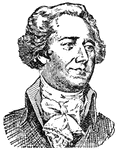
Alexander Hamilton
(1757-1804) Alexander Hamilton became captain of artillery at the beginning of the Revolution and was…

Landing of Captain Bailey and Lieutenant Perkins in New Orleans
Captain Bailey, bearing a flag of truce, put off in a boat, accompanied by Lieutenant George H. Perkins,…

Battle of Pittsburg Landing
Recapture of artillery by the First Ohio and other regiments under General Rousseau, April 7, 1862.…

The Great Naval Battle on the Mississippi
First day's bombardment, Federal Schooners off Forts Jackson and St. Philip, commanding the passage…

The Great Naval Battle of the Mississippi
Passage of the second division of the Federal Squadron past Fort St. Philip. On April 24, 1862 at three…

Company H
"Successful charge of Company H, first Massachusetts regiment (Captain Carruth), on a Confederate redan…

General Rosecrans
"General Rosecrans, commanding the Department of Western Virginia, surrounded by his staff, at their…
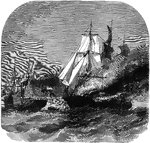
Harvey Birch
"Burning of the American merchantman "Harvey Birch," of New York, Captain Nelson, in the British Channel,…

Gunboat collision
"Desperate engagement, april 24th, 1862, between the United States gunboat "Varuna," Commander Boggs,…
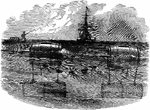
Infernal machine
"Infernal machine designed by the Confederates to destroy the Federal Flotilla in the Potomac discovered…
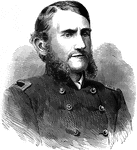
General Judson Kilpatrick
"General Kilpatrick, born near Deckertown, N. J., January 14th, 1836, died in Valparaiso, Chili, December…

Old Church
"Desperate skirmish at Old Church, near Tunstall's Station, VA., between a squadron of the Fifth United…

77th Pennsylvania Regiment
"Captain Muller's Battery Company of the Seventy-seventh Pennsylvania Regiment making fascines and gabions…

Captain Knapp
"Captain Knapp's Battery engaging the Confederates at the battle of Cedar Mountain, August 9th, 1862-…

Storming of Fort Donelson
"Storming of Fort Donelson- decisive bayonet charge of the Iowa Second Regiment on the Confederate intrenchments…
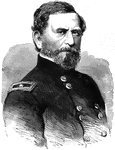
J. T. Sprague
"General J. T. Sprague, born in Newburyport, Mass., July 3rd, 1810, died in New York city, September…
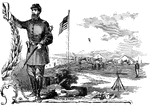
Aid-de-camp
"New Jersey Camp at Arling, Va., designated as Camp Princeton in honor of one of the Revolutionary battle…
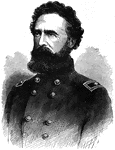
George Sykes
"General George Sykes, born in Dover, Del., October 9th, 1822, died in Brownsville, Texas, February…
Federal Fleet
"Panoramic view of the Federal fleet passing the forts of the Mississippi, on its way to New Orleans,…
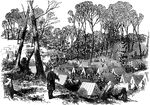
Camp of Ninth Massachusetts
"Camp of the Ninth Massachusetts Regiment in the woods, one mile from the Confederate fortifications,…
Hilton Head
"Expedition to Port Royal- Government buildings erected on Hilton Head, S. C., by the Federal forces…

Fort Thompson
"View of New Berne, N. C., from the interior of Fort Thompson after its capture by the Federal forces-…

Combat at Yazoo River
"Desperate naval combat between the Confederate iron-plated ram Arkansas and the Federal gunboat…

General David Hunter
"General Hunter, born in Washington, D. C., July 21st, 1802, died there, February 2nd, 1886, was graduated…

General Alfred Pleasonton
"General Pleasonton, born in Washington, D. C., June 7th, 1824, was graduated at the United States Military…

Schooners
"Removing sunken schooners from Core Sound, N. C., placed to obstruct the passage of the Federal gunboats,…

Warsow Sound
"Reconnoissance of Warsaw Sound, December 5th, 1861, by a detachment of gunboats under Captain Rodgers,…

Port Royal Ferry
"Successful attack of a detachment of the Federal forces, under General Stevens, supported by four gunboats…

General Fitzjohn Porter
"General Porter, born at Portsmouth, N. H., June 13th, 1822, was graduated from the United States Military…
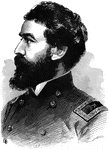
General John M. Brannan
"General Brannan, born in the District of Columbia in 1819, was graduated from the United States Military…
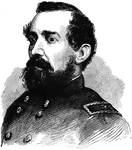
General Jesse L. Reno
"General Reno, born in Wheeling, W. Va., June 20th, 1823, died on South Mountain, Md., September 14th,…
Gunboat engagement
"Engagement between the United States gunboats, commanded by Commodore Davis, and the Confederate Mosquito…
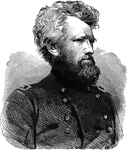
General Robert H. Milroy
"General Milroy, born in Washington County, Ind., June 11th, 1816, was graduated at Norwich University,…

General George D. Bayard
"General Bayard, born in Seneca Falls, N. Y., December 18th 1835, died December 14th, 1862, was graduated…
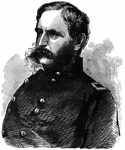
General Christopher C. Augur
"General Augur, born in New York in 1821, was graduated from the United States Military Academy in 1843.…

General John G. Foster
"General Foster, born in Whitefield, N. H., May 27th, 1823, died in Nashua, H. H., September 2nd, 1874,…

Destruction of Nashville
"Destruction of the famous Confederate privateer Nashville, in the Ogeechee River, Ga., by…

Steamer Alabama
"The Confederate privateer steamer Alabama (290). Captain Raphael Semmes. Our illustration…

General George H. Sharpe
"General Sharpe, born in Kingston, N. Y., February 26th, 1828, was graduated at Rutgers in 1847; studied…


